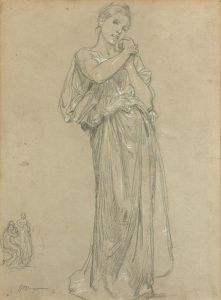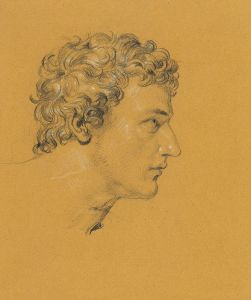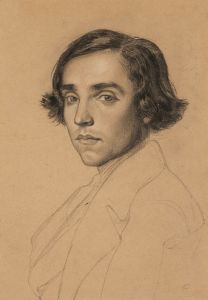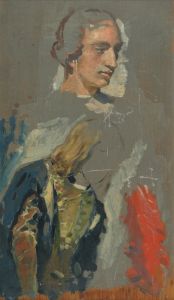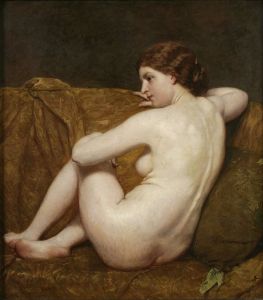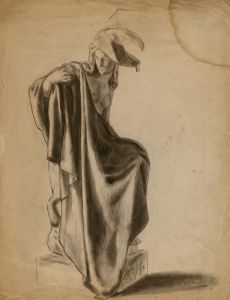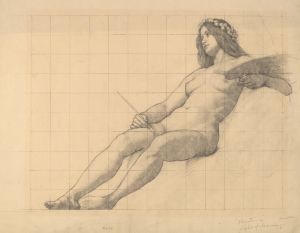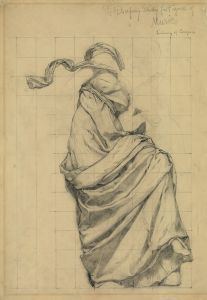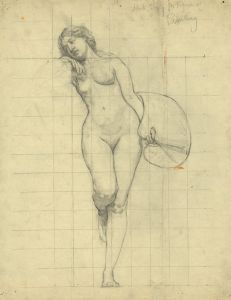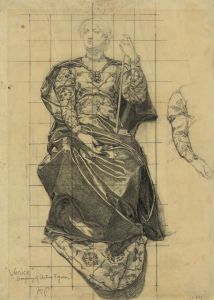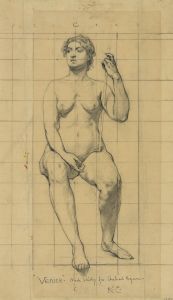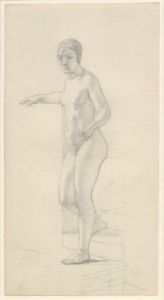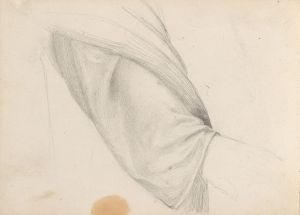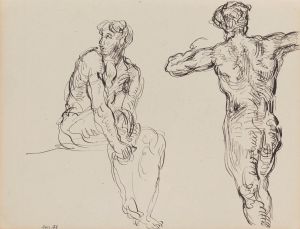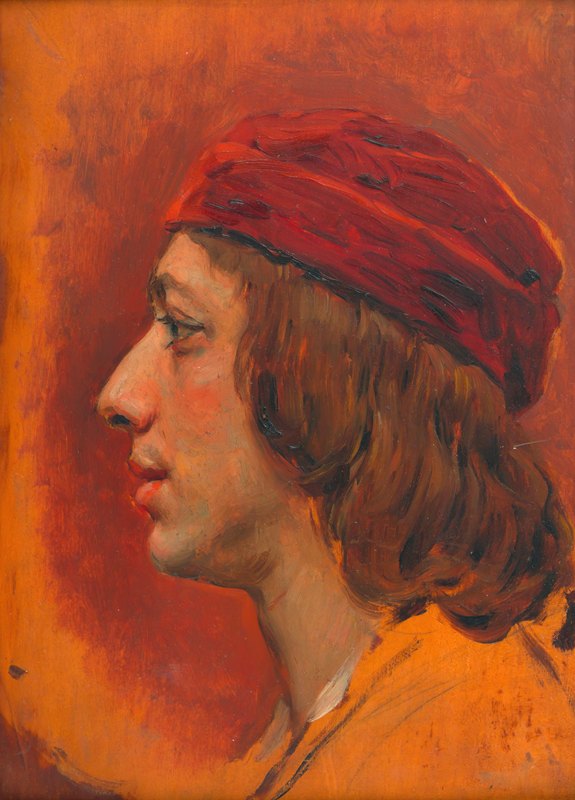
Study of man
A hand-painted replica of Kenyon Cox’s masterpiece Study of man, meticulously crafted by professional artists to capture the true essence of the original. Each piece is created with museum-quality canvas and rare mineral pigments, carefully painted by experienced artists with delicate brushstrokes and rich, layered colors to perfectly recreate the texture of the original artwork. Unlike machine-printed reproductions, this hand-painted version brings the painting to life, infused with the artist’s emotions and skill in every stroke. Whether for personal collection or home decoration, it instantly elevates the artistic atmosphere of any space.
Kenyon Cox (1856–1919) was an American painter, illustrator, muralist, and writer, known for his academic style and contributions to American art in the late 19th and early 20th centuries. One of his notable works is "Study of Man," which exemplifies his dedication to classical techniques and his interest in the human form.
"Study of Man" is a drawing that reflects Cox's academic training and his commitment to the principles of classical art. Cox studied at the Pennsylvania Academy of the Fine Arts and later at the École des Beaux-Arts in Paris, where he was influenced by the teachings of Jean-Léon Gérôme, a prominent academic painter. This background is evident in "Study of Man," as it showcases Cox's skill in rendering the human anatomy with precision and attention to detail.
The drawing is a study, meaning it was likely created as a preparatory work or an exercise to understand the human form better. Such studies were common practice among artists of Cox's time, who often engaged in life drawing sessions to hone their skills. "Study of Man" would have been part of Cox's ongoing exploration of the male figure, a subject he frequently returned to throughout his career.
Cox's approach to the human figure was deeply rooted in the traditions of the Renaissance and the classical ideals of beauty and proportion. In "Study of Man," he employs a careful observation of the model, capturing the nuances of musculature and posture. The work demonstrates his ability to convey the weight and presence of the human body, a testament to his training and artistic philosophy.
Throughout his career, Kenyon Cox was an advocate for academic art and often wrote about the importance of maintaining traditional artistic standards. He believed that art should be grounded in solid technique and that the study of the human figure was essential for any serious artist. "Study of Man" is a reflection of these beliefs, illustrating his commitment to the rigorous study of anatomy and form.
Cox's work, including "Study of Man," was part of a broader movement in American art that sought to establish a national identity through classical ideals. His contributions as an artist and educator helped shape the direction of American art during a period of significant change and development.
While "Study of Man" may not be as widely recognized as some of Cox's larger works, such as his murals and public commissions, it remains an important example of his dedication to the craft of drawing and his influence on American art education. The piece serves as a window into the practices of academic artists of the time and highlights Cox's role in the preservation and promotion of classical art traditions in the United States.





